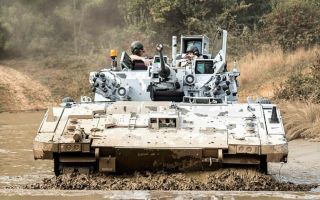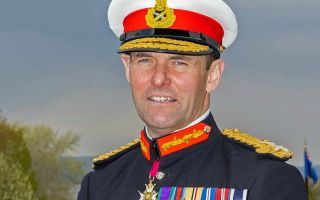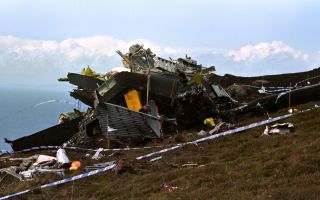
Who are the Household Cavalry and why are they trusted guardians of the monarch?

The Household Cavalry is a union of the two most senior regiments in the British Army – The Life Guards and The Blues and Royals.
These regiments are divided between the Household Cavalry Regiment (HCR), stationed at Kiwi Barracks in Bulford, Salisbury, and the ceremonial Household Cavalry Mounted Regiment (HCMR), based at Hyde Park Barracks in Knightsbridge, London.
The Household Cavalry is part of the Household Division and, since 1660, the soldiers have acted as the monarch's personal bodyguard.
Over the years, the Household Cavalry has boasted some notable members, including both Prince William and Prince Harry (Blues and Royals), Tommy Cooper (Blues and Royals) and James Blunt (Life Guards).
In 2017, Major Nana Kofi Twumasi-Ankrah, from the Blues and Royals, was named the Queen's equerry, one of the most prestigious roles in the royal household.
How old is the Household Cavalry?
The Life Guards was formed as the bodyguard of King Charles II while he was in exile on the continent.
The regiment was officially recognised upon the restoration of the monarchy in 1660, which is why the Household Cavalry enjoys such a close relationship with the sovereign.
The Blues and Royals was formed in 1969, with the merger of The Royal Horse Guards (known as 'The Blues') and The Royal Dragoons (known as the 'The Royals'), making it the only regiment in the British Army to be officially known by its nickname instead of its full name.
The Royal Horse Guards date back to 1650 as part of Cromwell's army, becoming the Royal Regiment of Horse after the restoration, and it adopted the blue livery and became known as the Oxford Blues under the command of the Earl of Oxford.
The Royal Dragoons (1st Dragoons) was formed in 1661 as the 'Tangier Horse' to provide garrison troops at the port which was part of the dowry of Queen Catherine of Braganza.
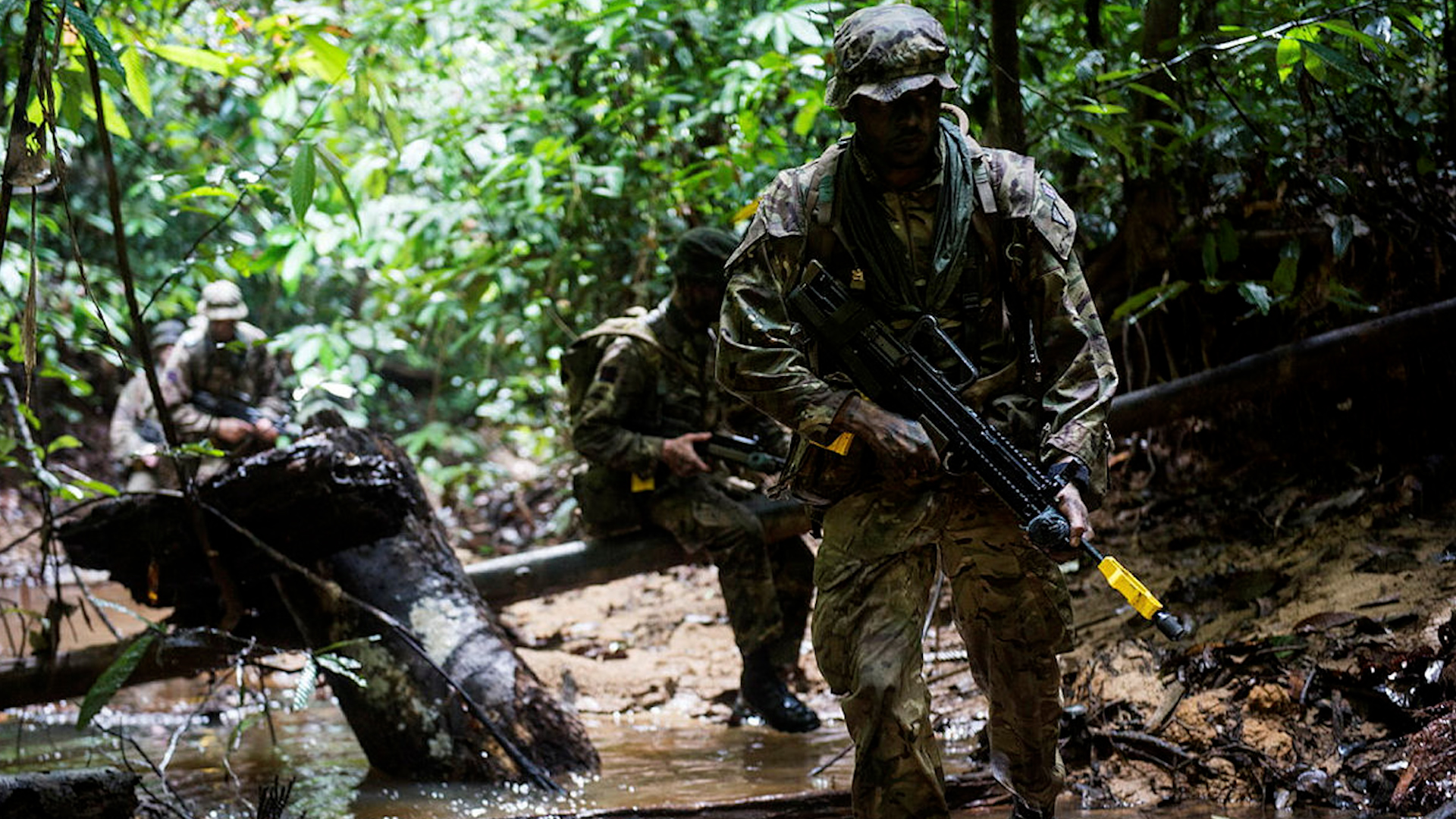
What does the Household Cavalry Regiment do?
The Household Cavalry Regiment is an operational unit which provides an armoured reconnaissance capability.
Soldiers are first and foremost recce experts but also hold other abilities, including as snipers, anti-tank weapon specialists, drone operators, and intelligence gatherers.

What does the Household Cavalry Mounted Regiment do?
The Household Cavalry Mounted Regiment is the ceremonial face of the regiment, conducting mounted and dismounted state duties in London.
They provide a Sovereign's Escort at all major state occasions such as the State Opening of Parliament, state visits, and the King's Birthday Parade, as well as smaller escorts where appropriate, such as at the annual Lord Mayor's Show in November, which are called Captain's Escorts.
The regiment has its own display contingent, known as The Musical Ride, which tours shows around the UK, and frequently abroad, too.
Almost all recruits to the Household Cavalry Mounted Regiment have never ridden horses before.
This means that over the course of six months at the Household Cavalry Training Wing in Windsor, troopers go from complete novice to expert riders, qualifying as Mounted Dutymen, which allows them to conduct full ceremonial duties in front of the King.
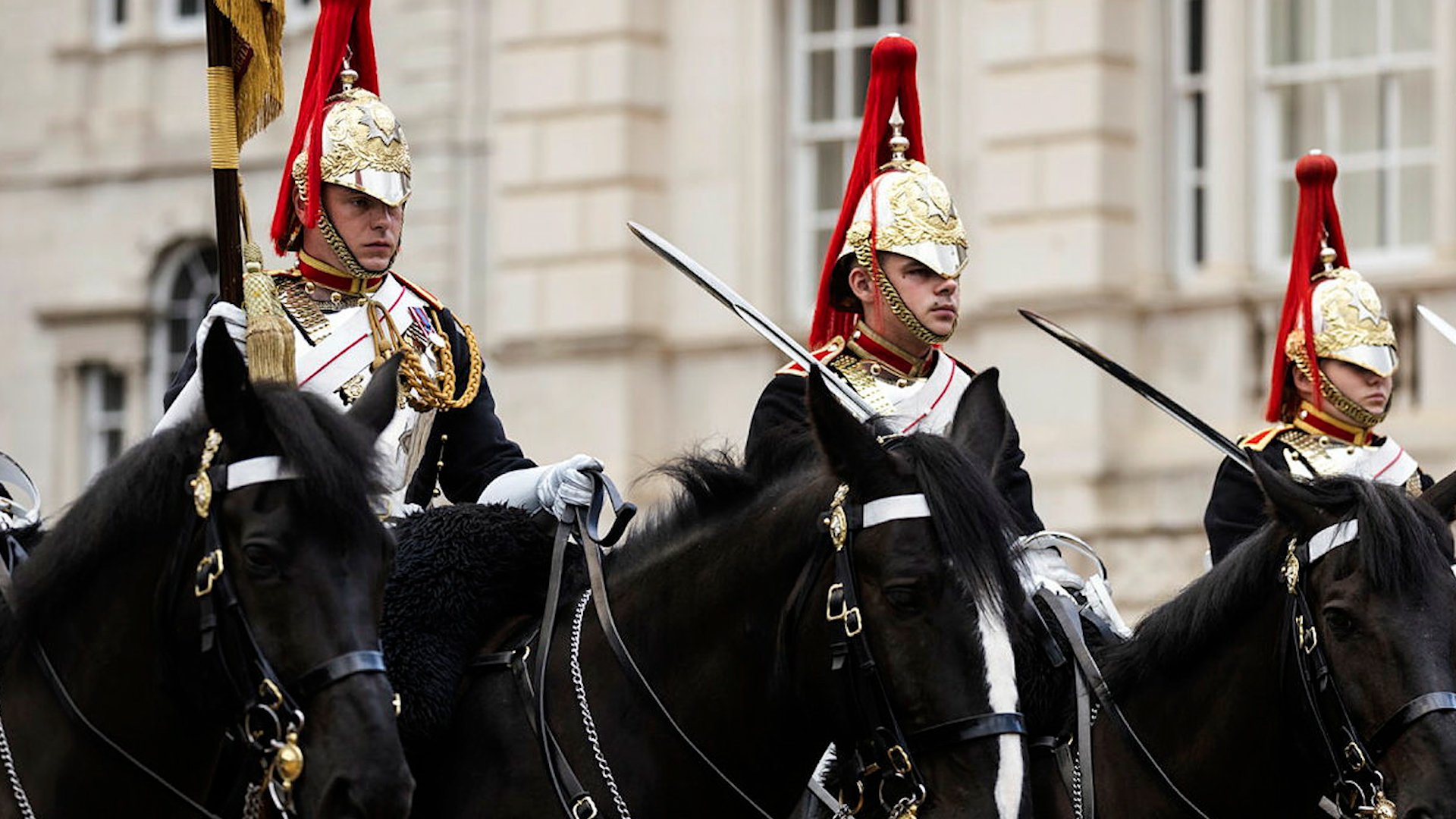
What is the King's Life Guard?
Soldiers of the Household Cavalry Mounted Regiment conduct The King's Life Guard.
Every weekday, whatever the season or weather, they ride from Hyde Park Barracks in Knightsbridge to mount guard at Horse Guards – the official entrance to Buckingham Palace – at 11:00.
The soldiers and horses then remain for the following 24 hours and "stag on" in shifts throughout that time period, with the horses retiring at 16:00, while men then remain on their feet until the gates are closed in the evening, reopening at 07:00 the following morning.
When the King is in London, the Guard consists of one officer, one corporal major (who carries the Standard), two non-commissioned officers, one trumpeter and 10 troopers – this is known as a Long Guard.
When His Majesty is not in residence at Buckingham Palace, the Guard is reduced to two non-commissioned officers and 10 troopers – this is known as a Short Guard.
What is the uniform of the Household Cavalry?
Neither HCR or HCMR has its own ceremonial uniform. Instead, The Life Guards and The Blues and Royals have retained their own regimental uniforms, badges and insignia.
The regiments can be easily told apart by the colour of their jacket (which is called a tunic) and by the colour of their 'plumes' which hang from the top of their helmets.
Horse hair was once used for the plumes, but it is now synthetic.

The Life Guards wear red tunics with white plumes while The Blues and Royals wear dark blue tunics and have red plumes on their helmets.
Also, the Life Guards hold the strap of their helmets under the lower lip, while The Blue and Royals wear the helmet strap underneath the chin.
Both regiments have leather thigh-high riding Jackboots.
They also wear a cartouche box (cartridge box), for storing powder and shot for flintlock weapons, which became purely ornamental with the inception of percussion weapons in 1840. Nowadays, the troopers are more likely to use the box to carry their mobile phones.
Carrying the cartouche box is a white cross belt, decorated with a red flask chord. These were always worn by the Blues and later adopted by the Life Guards.
Both regiments wear pure white pantaloons and gauntlet gloves.
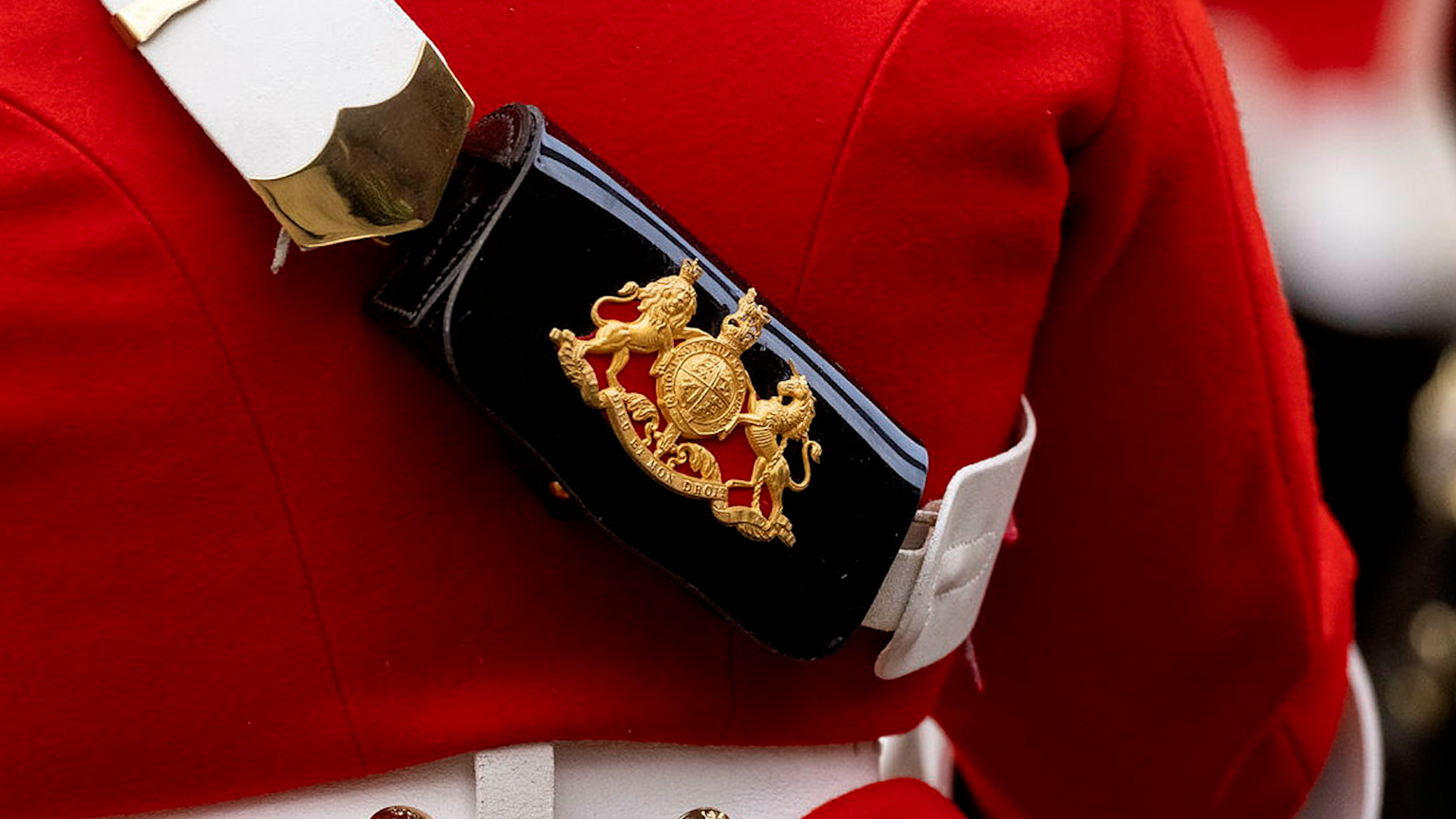
Household Cavalry officers' uniform
Officers wear their regimental colour scheme for their tunics, although they feature more decorative collars, cuffs and tails.
A ceremonial gold cord aiguillette is also worn on the right shoulder.
Household Cavalry farrier uniform
The farriers of both regiments wear a dark blue tunic, with the Life Guards having a black plumed helmet, while the Blues and Royals have red plumes.
The dark colour allows the farrier to carry out messy tasks, such as emergency shoeing or administering medical treatment to a horse, without visibly spoiling their uniform.
Two farriers are always present during parades and are positioned to the rear of the Sovereign's Escort.

They carry highly polished axes with a spike that in the past was used to administer the last rites to badly wounded horses on the battlefield.
Each horse's hooves were branded with a regimental number (as they still are today) so that if a horse was killed, the farrier would use his axe head to remove its hoof as proof of its death.
Mounted Band of the Household Cavalry uniform
The Band of the Household Cavalry wear distinctive Gold Coats and blue jockey caps (State Dress).
State Dress is the oldest continually worn uniform in the Army and was purchased by The Lord Mayor of London for the restoration of King Charles II in 1660.
What are the Royal connections to the Household Cavalry?
Anne, the Princess Royal, is Colonel of the Blues and Royals.
Prince Harry joined the Household Cavalry (Blues and Royals) as a cornet (second lieutenant) in May 2006, where he was responsible for a troop of 11 soldiers and four Scimitar reconnaissance vehicles.
He was promoted to the rank of lieutenant within the regiment in 2008 and served with the Household Cavalry in Afghanistan during 2007 and 2008.
In April 2011, Prince Harry was promoted to the rank of captain, in recognition of his time in the Armed Forces.

Prince William, Prince of Wales, followed his younger brother to serve in the Household Cavalry (Blues and Royals) as a second lieutenant in 2006 and was promoted to the rank of lieutenant a year later.
Prince Harry chose to wear a frockcoat uniform of the Household Cavalry when he married Meghan Markle.
What type of horses does the Household Cavalry use?
The horses of the Household Cavalry, known as 'Cavalry Blacks', have been guarding the Royal Family and taking part in ceremonial occasions since the restoration of King Charles II in 1660.
Both The Life Guards and Blues and Royals ride black horses, except the trumpeters who ride grays.
A ceremonial horse has to carry about four stones (25kg) in dead weight of kit, plus a soldier.
Each year, the horses spend two weeks at Bodney Camp, where they practise equestrian and military skills, and also get to enjoy rides on the beach.
In 1982, four men and seven horses of the Household Cavalry were killed when the IRA bombed the Queen's Life Guard as they rode through Hyde Park to take up their duties in Whitehall.
To this day, whenever the Household Cavalry rides from Knightsbridge Barracks to Horse Guards to change the guard on duty, they salute the memorial.
Why can Blue and Royals soldiers salute without wearing a headdress?
The Blues and Royals is the only regiment in the British Army that allows troopers and non-commissioned officers to salute an officer when not wearing a headdress.
The custom was started by the Marquess of Granby, who commanded both the Royal Horse Guards and the Royal Dragoons, which were separate units at the time.
During the Battle of Warburg in 1760, the Marquess lost both his hat and wig during the charge to drive French forces from the field.
On reporting to his commander, Prince Ferdinand of Brunswick, he is then said to have saluted without wearing his headdress, having lost it earlier.
When the Marquess of Granby became the Colonel of the Blues, the regiment adopted this tradition.

What are the ranks in the Household Cavalry?
The rank names and insignia of non-commissioned officers are unique to the Household Cavalry and not found elsewhere in the British Army.
For example, Corporal of Horse is the equivalent rank of a sergeant in the rest of the Army.
The Household Cavalry does not have sergeants because Queen Victoria thought sergeant sounded too much like the word servant.
For commissioned officers, Second Lieutenants in The Blues and Royals are known as Cornets.
Here are the NCO ranks in full:


